6 ways to enhance office design with plants for a healthier workspace
How to introducing biophilic design as part of your office
Have you ever wondered why spending time in nature feels so refreshing? That’s the idea behind biophilic design – bringing elements of nature into your workspace to create a healthier, more inspiring environment.
It’s all about making your office a place that feels alive, relaxing and energising all at once. Here’s how.
Photography by Escandi, Audo, Vitra, Montana and Gubi
Share
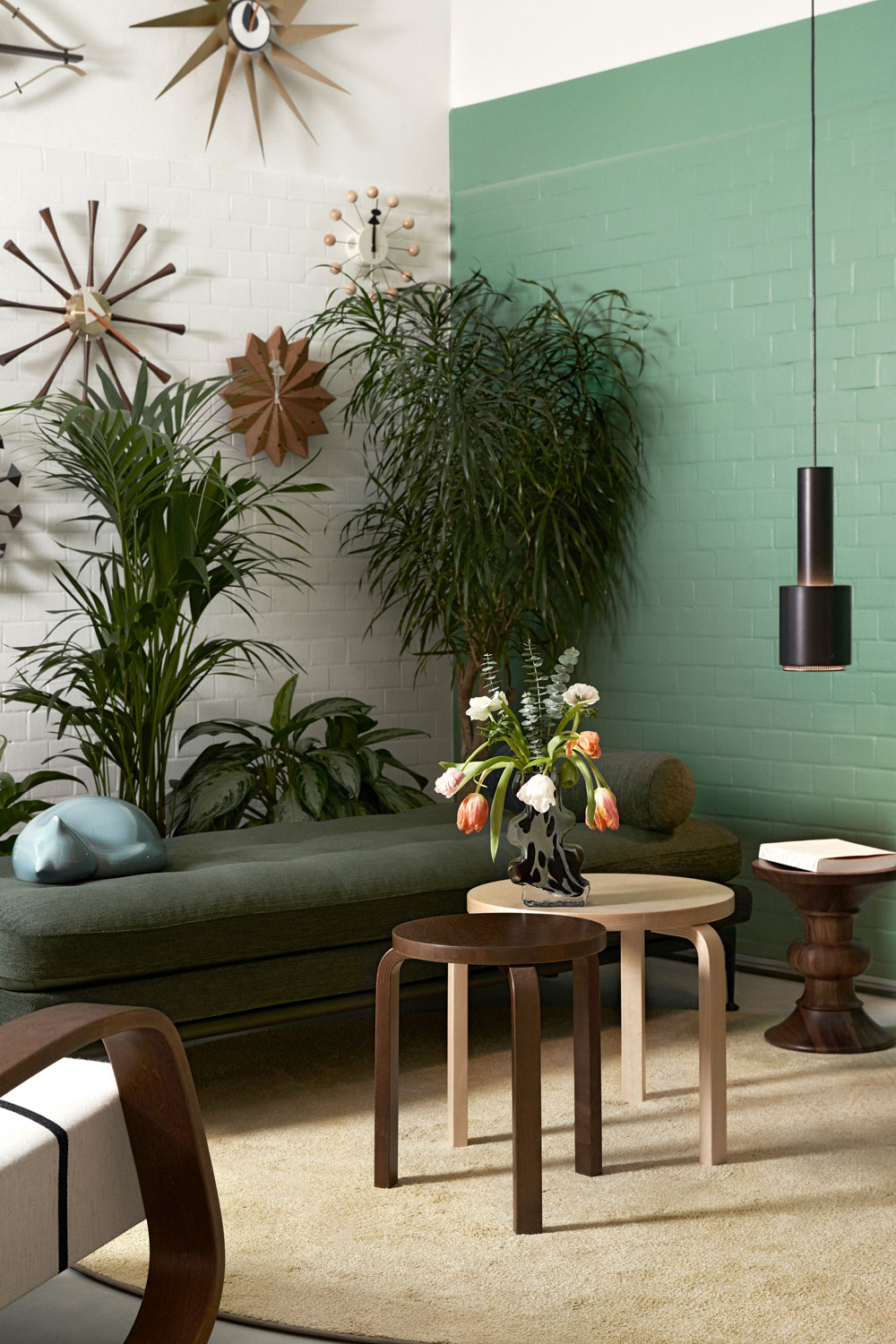
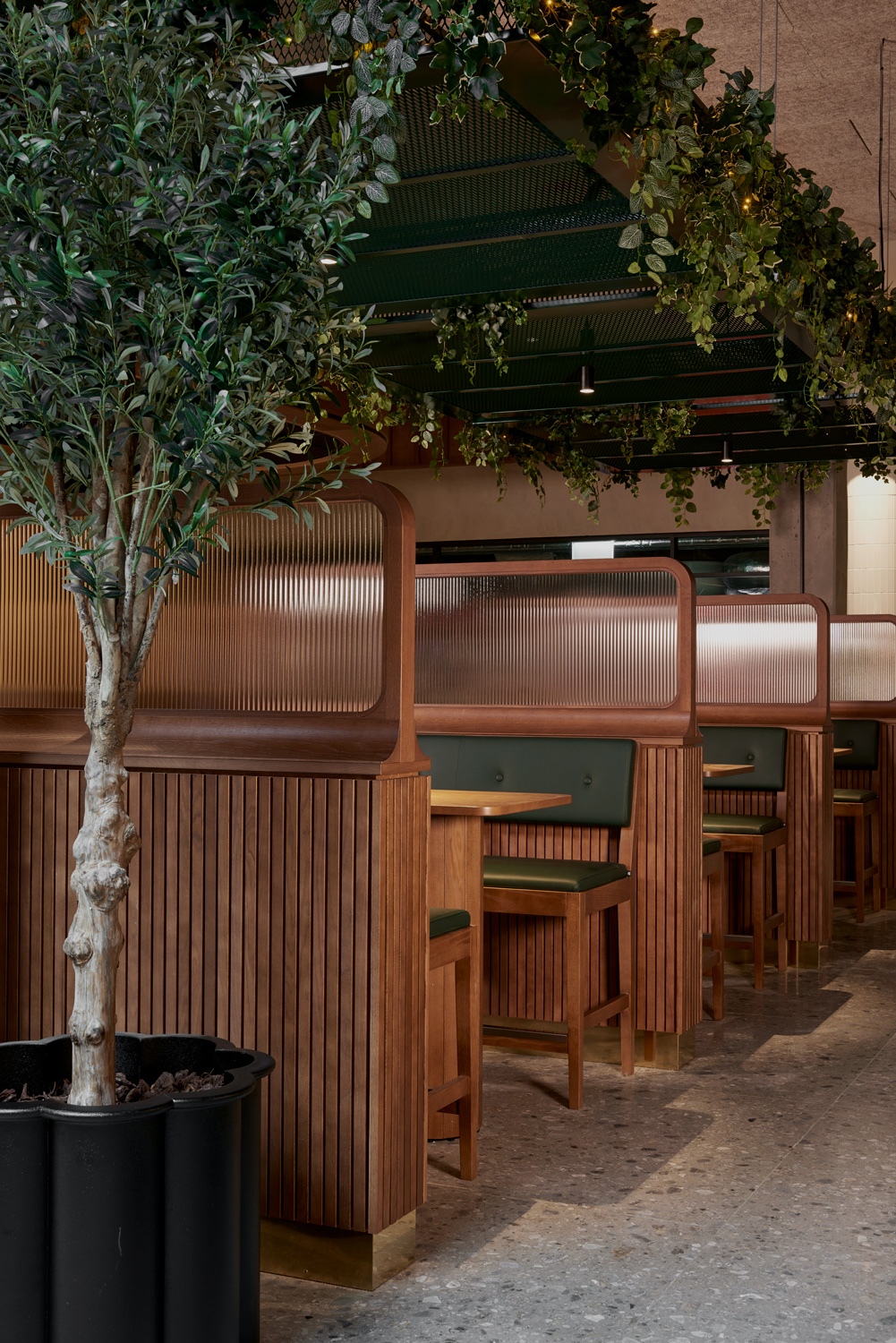

Think about that – almost four in ten people feeling less stressed at work just because the office has been designed with nature in mind.
What does biophilic design entail and why is it a good thing?
Biophilic design isn’t just about throwing a few plants in the corner of the office. It’s a thoughtful approach to bringing natural elements – like greenery, sunlight, water and organic materials – into indoor spaces to help people feel more connected to nature, even when they’re inside. And there’s solid science behind why this matters, especially in the workplace.
Let’s talk numbers. Studies show that simply adding natural elements can reduce stress levels by up to 37%. Think about that – almost four in ten people feeling less stressed at work just because the office has been designed with nature in mind. Less stress means fewer sick days, more focus and a better mood. According to a 2021 study from the Global Wellness Institute, offices with biophilic design saw a 26% boost in productivity.
And it goes even deeper. Research from Harvard’s T.H. Chan School of Public Health found that working in a biophilic environment can improve cognitive function by 61%. Better decision-making, quicker thinking and a sharper mind – who wouldn’t want that at work? And if that’s not enough, another study by the International WELL Building Institute in 2021 showed a 30% drop in sick days when natural elements are part of the office design. Cleaner air, better mental clarity, and an overall healthier atmosphere play a huge role here.
In short, when you bring nature indoors, you get more than just a prettier space. You get happier, healthier teams that feel more motivated and focused. And yes, plants can help clean the air, but they also make the office feel like a place people actually want to be – calm, welcoming and full of life.
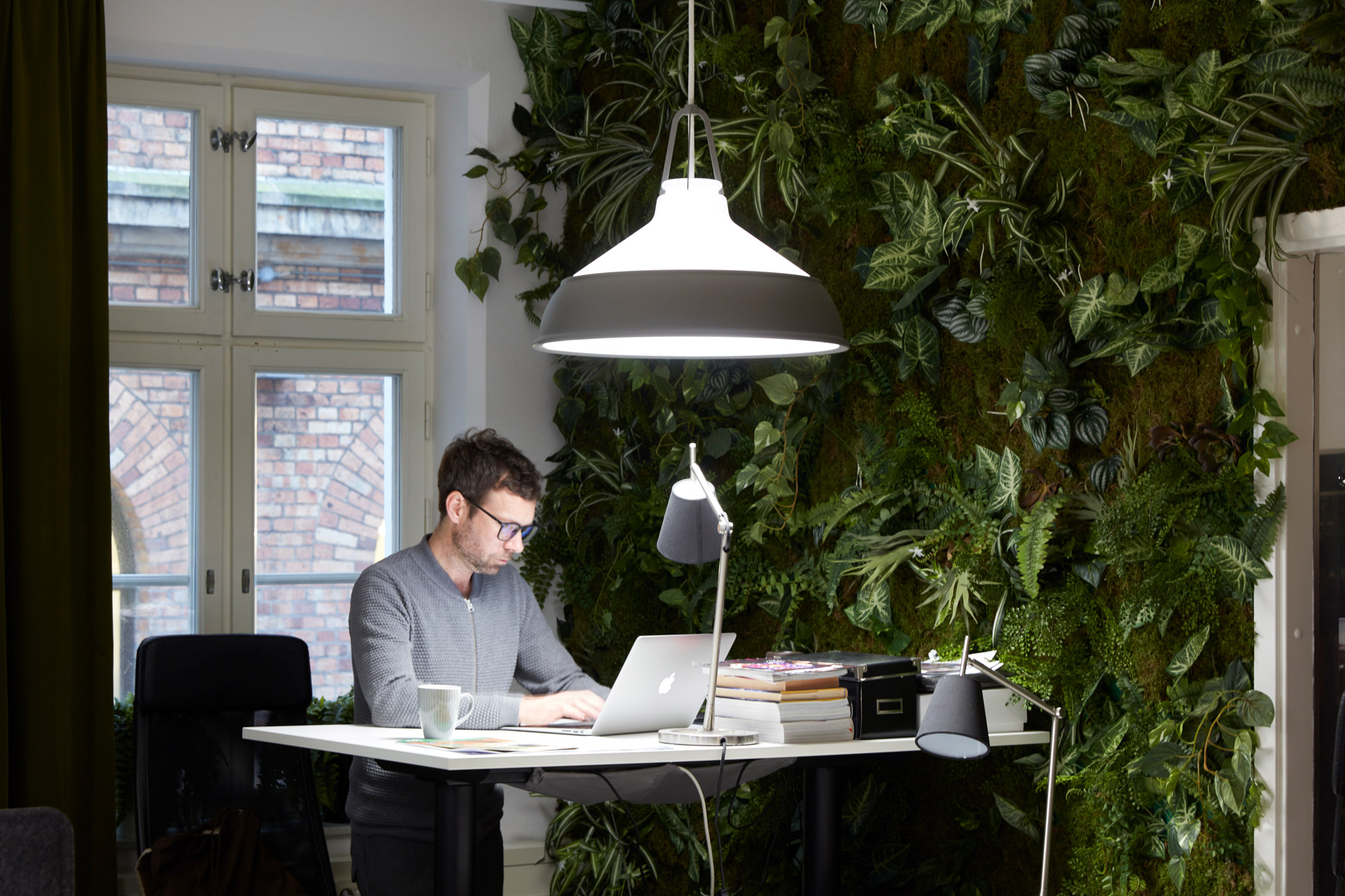
Think of this as a ‘green audit’ of your space.
01. Assess your current office environment
Before you start adding plants all over the place, it’s important to take a good look around your office and see where greenery can make the most impact. Think of this as a ‘green audit’ of your space. You’ll want to identify areas that could use a little life and places where plants will actually thrive.
Start with an office walkthrough
Take a walk through your office and pay attention to the spaces that feel a little uninspired. Are there corners that are dull? Maybe a meeting room that could use a pop of green to make it more inviting? Look at how the light changes throughout the day. Sunlight can do wonders for some plants, while others prefer the shade, so it’s important to note which areas get natural light and which ones don’t.
Ask for team input
Let’s face it – your team spends a lot of time in the office, so they probably know better than anyone which spaces feel a little lifeless. Getting their input not only helps you figure out where plants are needed most, but it also makes them feel involved in creating a better work environment.
By walking through your office and listening to your team, you’ll get a good idea of where to start incorporating plants in a way that improves both the look and feel of the workspace. Plus, it’s a great first step toward creating a more biophilic, balanced environment.
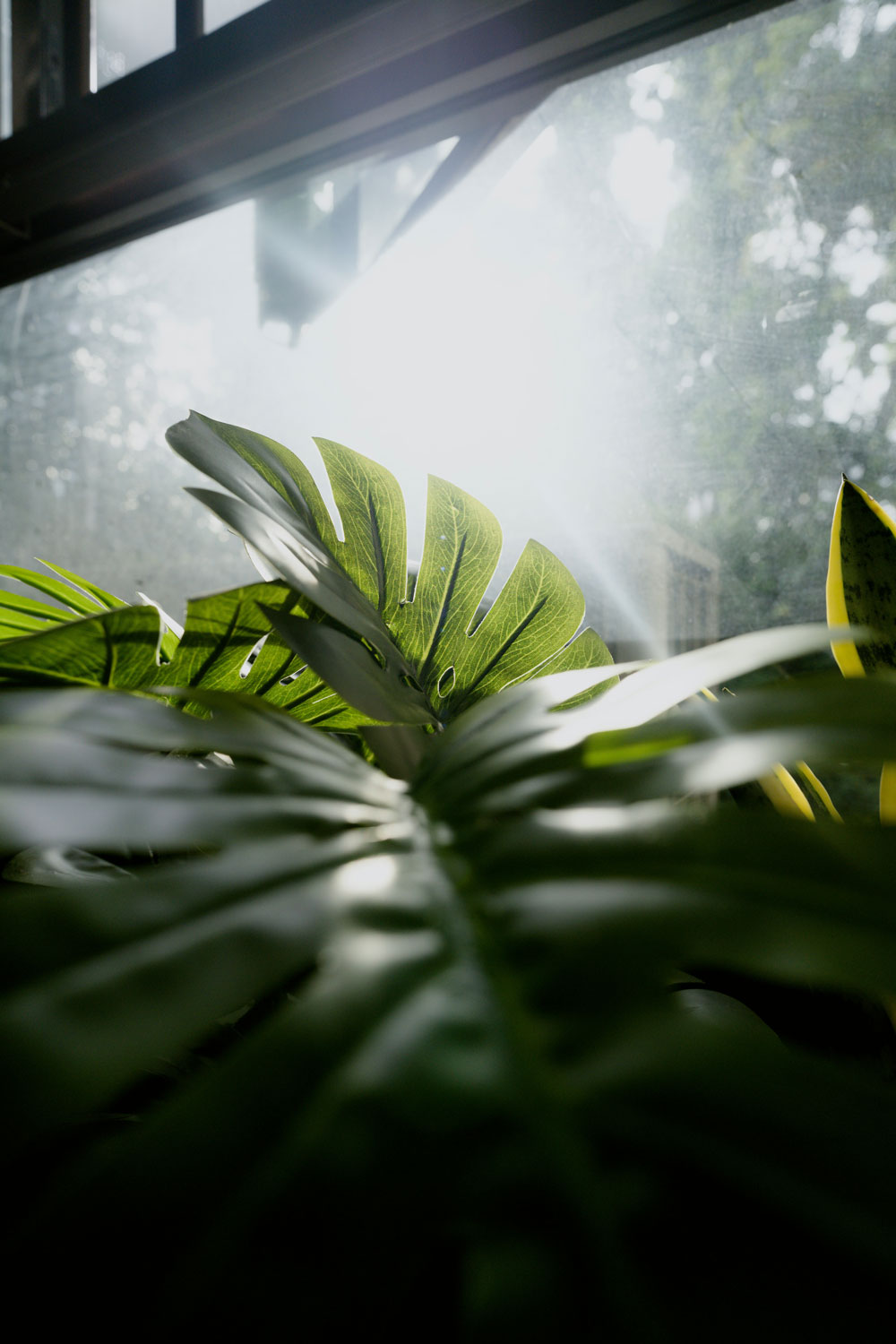
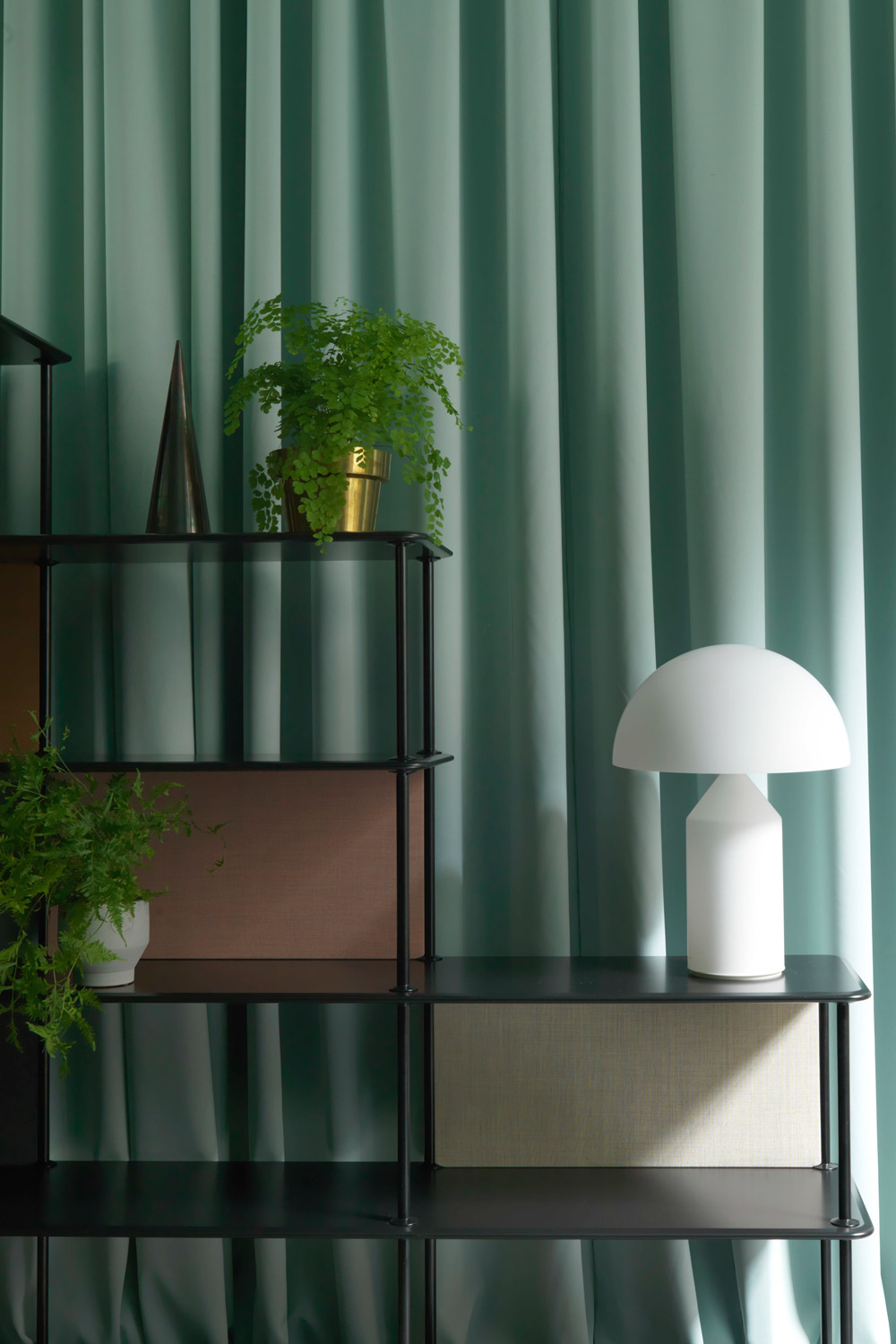
Certain plants are great at removing toxins and improving indoor air quality.
02. Find plants that suit your environment
Now that you’ve got a good idea of where to place plants in your office, it’s time to figure out which plants will actually thrive in those spaces. Not all plants are the same and choosing the right ones for your office’s light levels and maintenance needs is crucial. You don’t want to end up with plants that look great for a week and then wilt away because they’re not in the right spot.
Select plants based on light and maintenance needs
The key to a successful office design with plants is choosing varieties that fit the conditions of your workspace. If you’ve got lots of natural light flooding in, you’re in luck – plants like succulents, snake plants or even a ficus tree will love soaking up that sunlight. But if your office is more on the dim side, don’t worry! There are plenty of shade-tolerant plants, like ZZ plants, ferns or peace lilies, that can handle low-light environments without any trouble.
For bright spots near windows, go with sun-loving plants like cacti or aloe vera. In darker corners, opt for hardy, low-light plants like the trusty snake plant or a pothos, which is nearly impossible to kill.
Incorporate air-purifying plants
If you’re thinking about the health benefits (and who isn’t these days?), it’s worth picking plants that also help purify the air. Certain plants are great at removing toxins and improving indoor air quality, which can make your office a healthier place to work. Spider plants, peace lilies and Boston ferns are well-known for their air-purifying superpowers, making them ideal for high-traffic areas or places where the air feels a bit stale.
Position air-purifying plants near printers, copiers, or other areas where pollutants tend to build up. They’ll help filter the air and give the space a fresher, cleaner feel.
By selecting the right plants based on your office’s light conditions and opting for varieties that are easy to care for, you can create a greener environment without the headache of constant maintenance. And the added bonus of cleaner air is a win for everyone in the office.
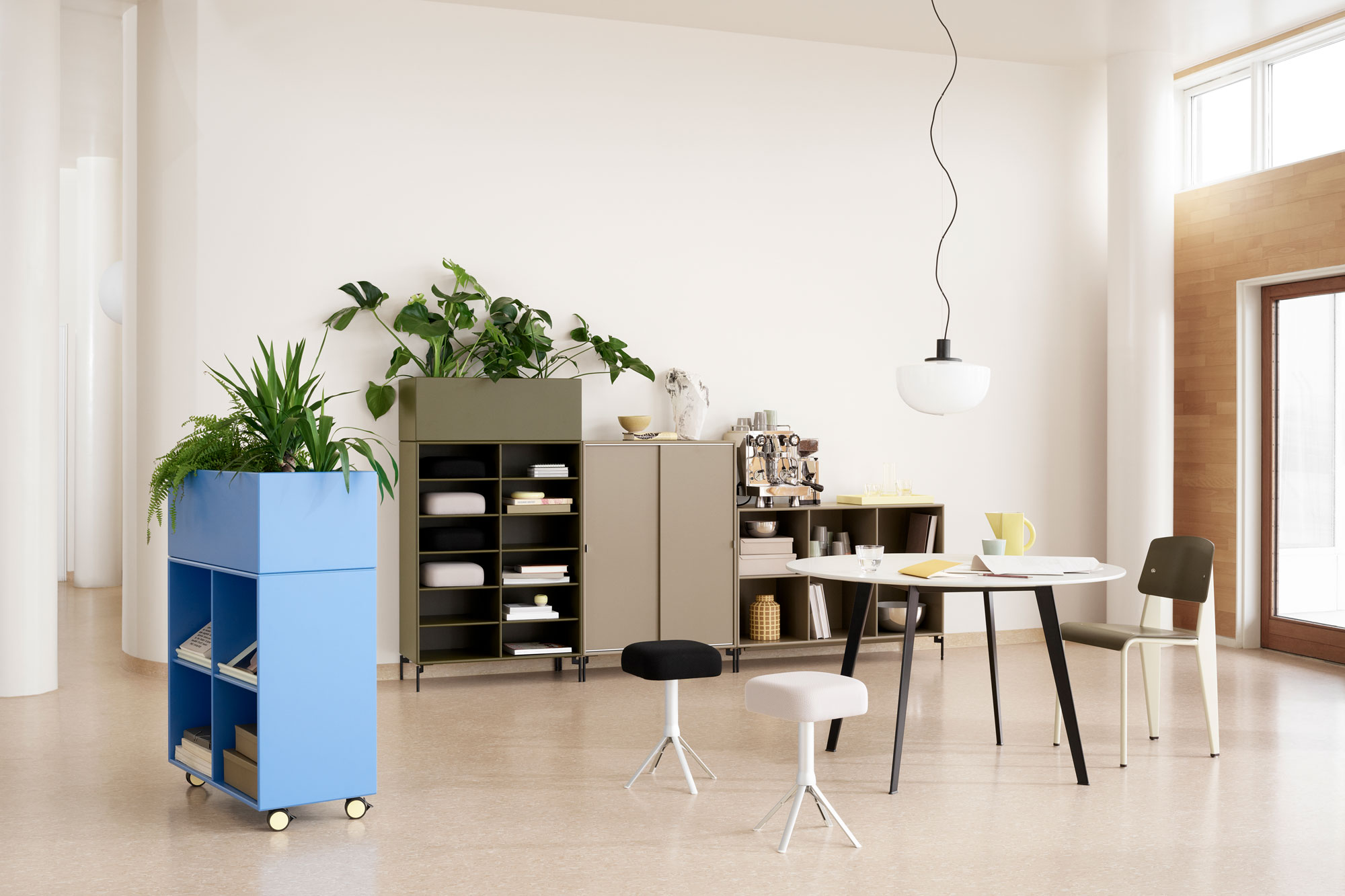
Plants aren’t just there to sit in the corner – they can really bring your office design to life!
03. Use different textures and shapes
Once you’ve chosen the right plants for your office, it’s time to think about how they can add to the overall look and feel of the space. Plants aren’t just there to sit in the corner – they can really bring your office design to life! One of the best ways to do this is by mixing different textures and shapes to create a visually engaging and dynamic environment. The variety will keep the space feeling fresh and natural, rather than flat and predictable.
Why texture and shape matter
Not all plants are created equal when it comes to their visual impact. Some have large, bold leaves, while others are more delicate or trailing. By combining different textures – like the bold, sculptural look of a monstera with the fine, feathery leaves of a fern – you can create depth and interest in your space. It’s the same principle as using a mix of fabrics or materials in interior design, but with plants.
If you’re looking for bold, statement plants, try a fiddle-leaf fig or a rubber plant. For something more delicate, hanging plants like ivy or a string of pearls can add softness and flow to the design.
Create plant layers for depth
When placing plants in your office, think about layering them at different heights to create a more natural, organic look. Just like in nature, you want a mix of tall, medium and low plants to give your office a sense of depth and richness. Floor-standing plants, desk-level plants and hanging plants all serve different purposes. Using them together can make the space feel more alive and visually interesting.
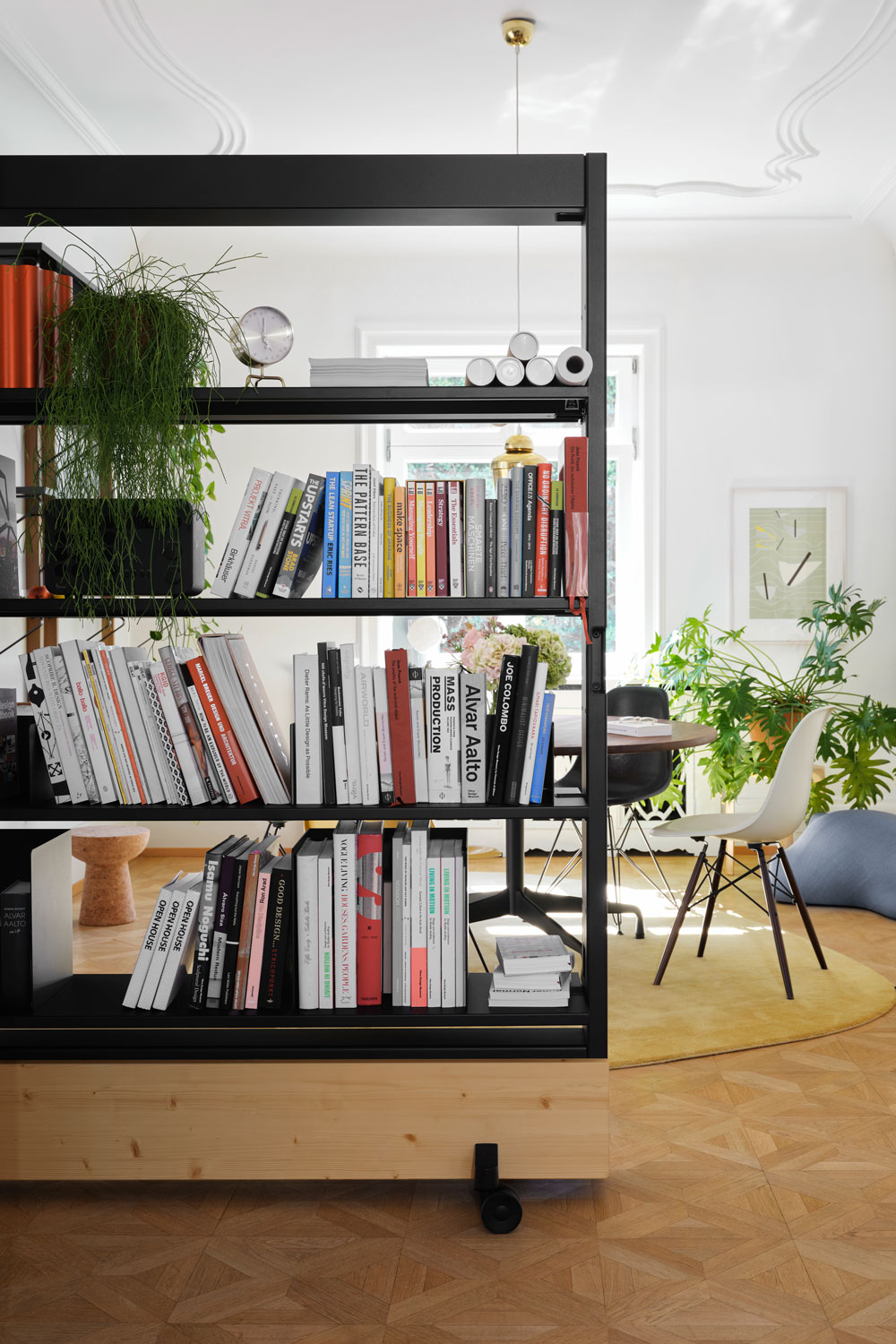
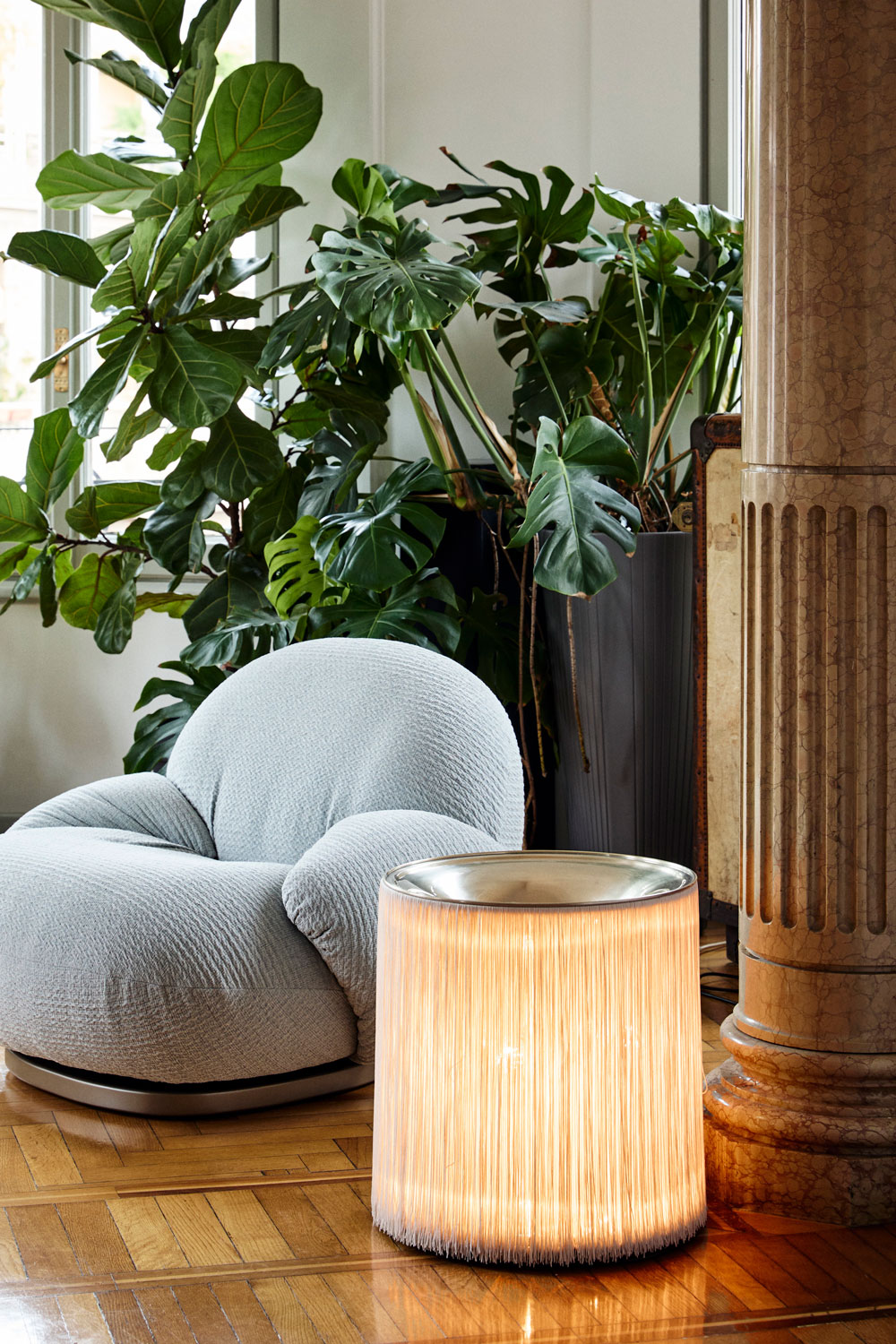
There are loads of ways to bring greenery into your workspace in a stylish and functional way.
04. Incorporate plants into office design features
Now that you’ve chosen your plants and figured out how to mix textures and shapes, it’s time to get creative with how you incorporate them into your office design. Plants shouldn’t just be an afterthought, as they can become a key part of the overall design scheme. From living walls to plant-filled partitions, there are loads of ways to bring greenery into your workspace in a stylish and functional way.
Living walls and vertical gardens
If you really want to make a statement, living walls or vertical gardens are a fantastic option. Not only do they look amazing, but they also help improve air quality and create a calming atmosphere. A vertical garden can transform a plain wall into a vibrant feature, adding a serious wow factor to your office.
Planters as dividers
Open-plan offices can sometimes feel too exposed, and that’s where plants can really help. Instead of using traditional partitions or cubicles, large planters or plant-filled dividers can provide privacy while still maintaining an open, breathable feel. They’re a great way to section off workstations or create cosy nooks without blocking out light or making the space feel too closed off.
Green accents on desks
You don’t need to overhaul your entire office to add some biophilic design – sometimes it’s the small touches that make the biggest difference. A simple plant on each desk can bring a bit of nature into everyone’s personal workspace. Desk plants not only look great but can also help boost focus and reduce stress during the workday.
By incorporating plants into your office design features – whether it’s through living walls, natural dividers or simple desk plants – you can create a workspace that feels more harmonious, inviting and functional. The added greenery looks great and helps make the office a more pleasant and productive place to be.
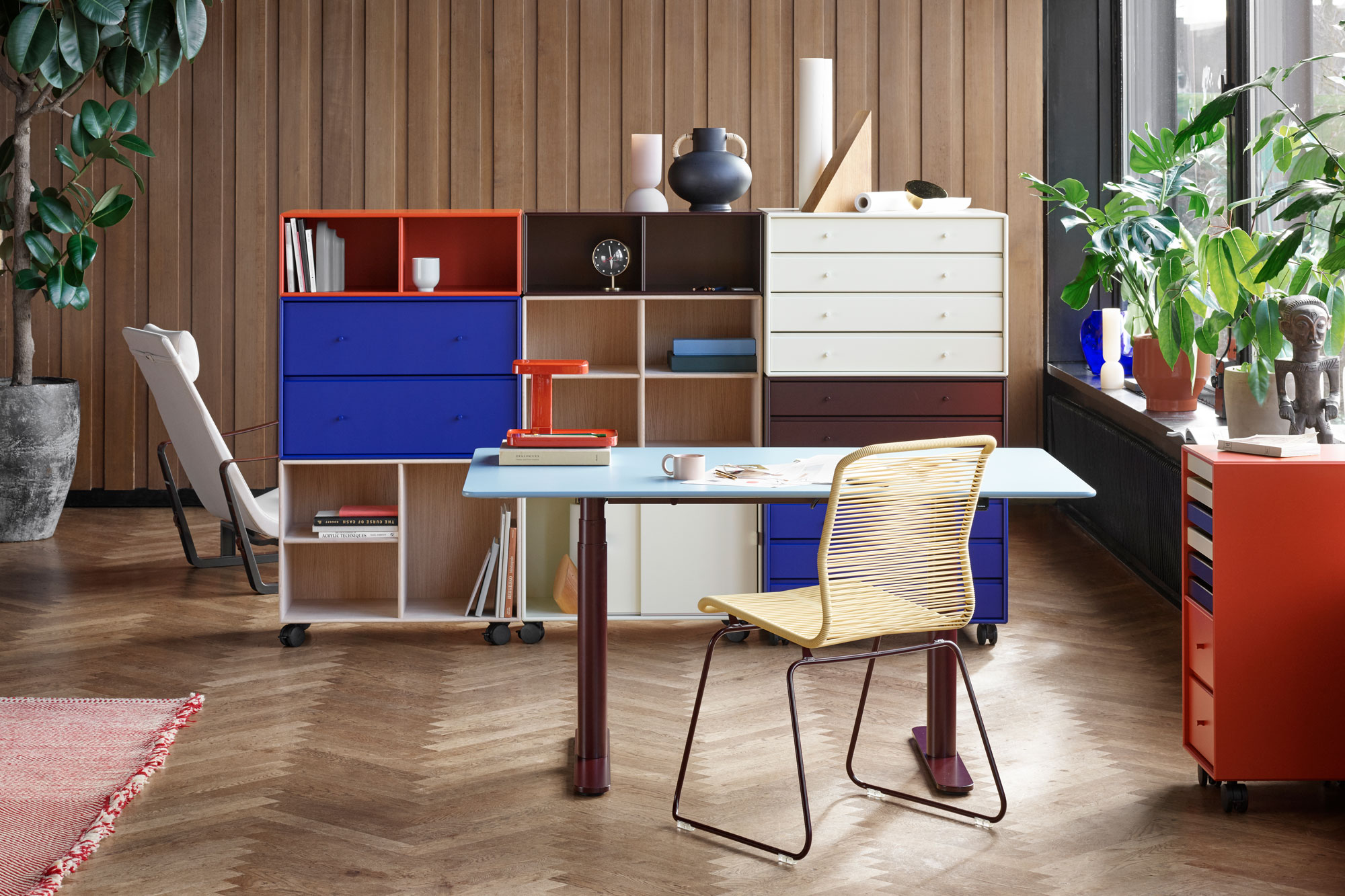
There are loads of ways to bring greenery into your workspace in a stylish and functional way.
05. Elevate the biophilic design with natural materials
Plants are just one part of the biophilic design puzzle. To truly create a space that feels connected to nature, you can complement your greenery by incorporating natural materials throughout your office. Think of wood, stone and other organic textures that bring warmth and balance to your space. These materials not only look beautiful but also help reinforce the calming, natural vibe that biophilic design is all about.
Use natural materials to complement plants
Incorporating natural materials into your office design can make the space feel more grounded and harmonious. Wooden furniture, stone accents and woven textures work beautifully alongside plants to create a cohesive and inviting environment. By using natural materials, you’re enhancing the connection between your office and the natural world.
Swap out harsh metal or plastic furniture for wooden desks, chairs or shelving units. Bamboo or reclaimed wood are great sustainable options that add warmth and character to the space.
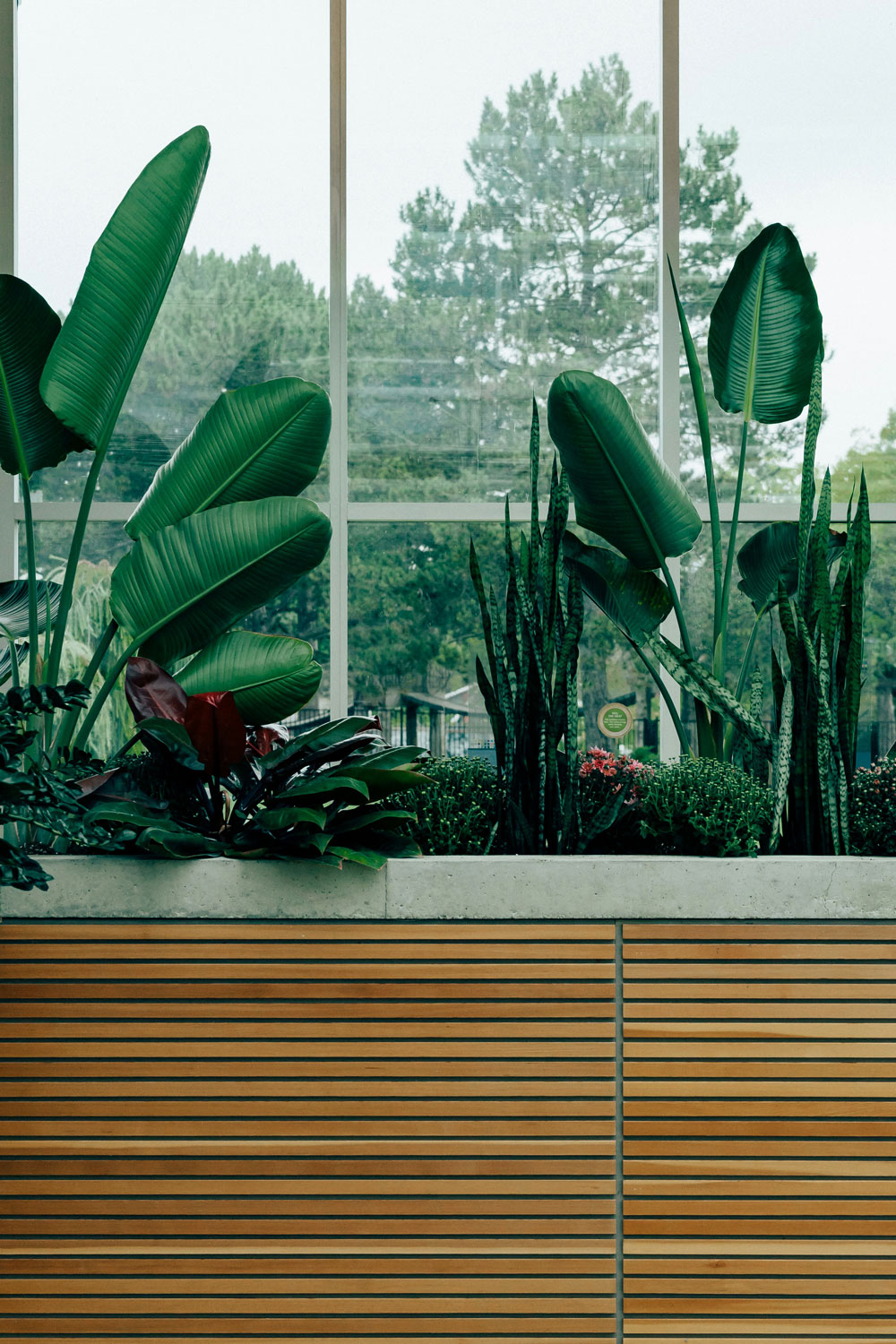
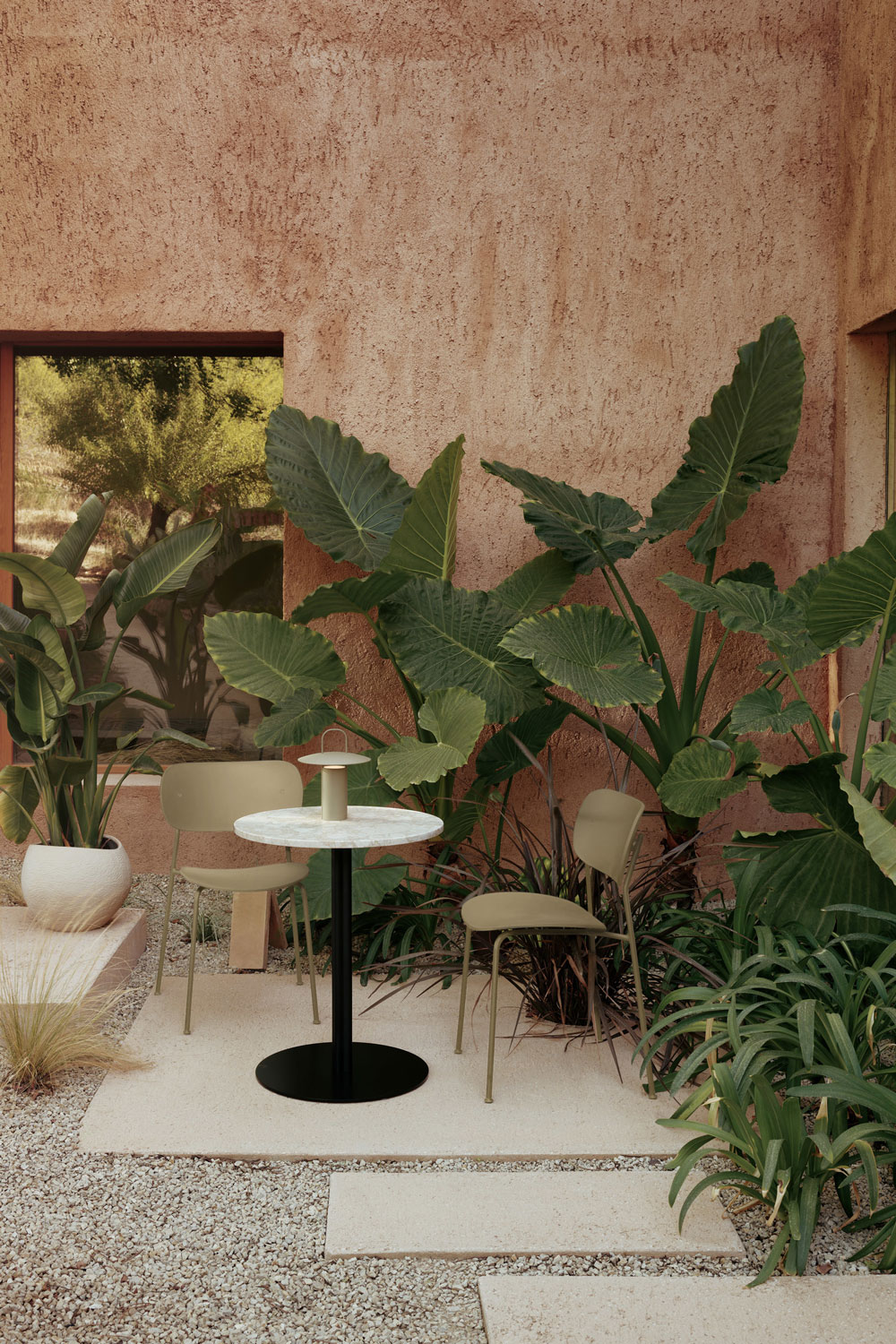
There are loads of ways to bring greenery into your workspace in a stylish and functional way.
06. Spruce up outdoor and break areas with greenery
Let’s not forget about the areas where your team goes to recharge – outdoor spaces and break areas are just as important when it comes to biophilic design. These are the places where people relax, chat or take a breather, so adding plants here can help create a soothing environment that encourages well-being. Whether it’s a balcony, courtyard or indoor break room, incorporating greenery can transform these areas into refreshing retreats.
Enhance outdoor spaces with lush greenery
If you’re lucky enough to have outdoor space at your office, don’t let it go to waste! Adding plants to patios, balconies or courtyards can turn these areas into beautiful, relaxing spots to enjoy during breaks or for informal meetings. Think large planters filled with vibrant greenery or climbing plants on trellises that provide both shade and beauty. Make sure to bring in plants and greenery that harmonises with the scale of the area.
Add plants to indoor break areas
Even if you don’t have an outdoor space, you can still create a natural, relaxing atmosphere in indoor break areas. We see plenty of corners that serve as nothing but wasted space and can benefit from being used for greenery. Adding greenery to your break room makes it more inviting and encourages everybody to take much-needed mental breaks during the day.
By sprucing up your outdoor and break areas with greenery, you create a more inviting and calming space for a little rest and recharge. These areas will not only look more appealing but also help reduce stress, boost creativity and improve overall well-being. A quick walk through a green-filled patio or a break with a cup of coffee in a plant-filled lounge can make a world of difference in how your team feels throughout the day.
Ready to elevate your workspace into a sanctuary of nature and well-being? Our team is here to bring your biophilic design vision to life. Contact us at info@escandi.se, and let’s collaborate to create an office environment where natural elements are seamlessly integrated, promoting a healthier, more productive workplace.

